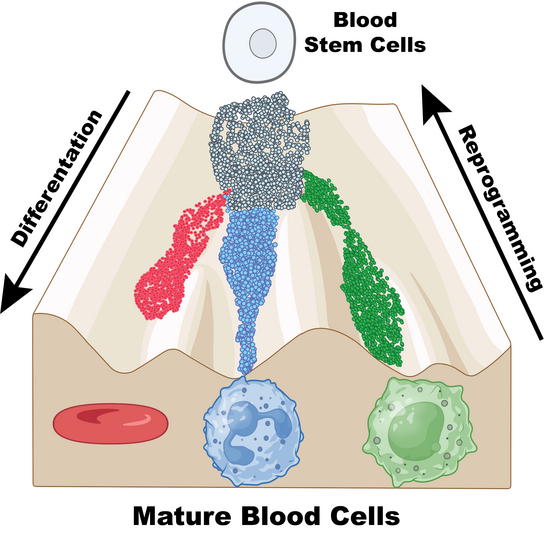2025-04-16 バース大学
<関連情報>
- https://www.bath.ac.uk/announcements/mindfulness-and-step-tracking-boosts-motivation-to-exercise-new-study/
- https://www.sciencedirect.com/science/article/pii/S1755296625000110?via%3Dihub
マインドフルネスでアクティブになる 身体活動への参加と楽しみを促進するマインドフルネスに基づくデジタル介入の無作為化比較試験 Getting active through mindfulness: Randomised controlled trial of a digital mindfulness-based intervention promoting physical activity engagement and enjoyment
Masha Remskar, Ben Ainsworth, Olivia M. Maynard, Olivia S. Malkowski, Adam Birch, Amber K. Burd, Teodor-Cristian Caretu, Lana El Assaad, Alexia Christodoulou-Tsiaoukkas, Aarya Menon, Max J. Western
Mental Health and Physical Activity Available online: 8 April 2025
DOI:https://doi.org/10.1016/j.mhpa.2025.100680

Highlights
- Tests the first digital mindfulness intervention supporting physical activity.
- Multi-method approach: pre-post surveys and daily ecological momentary assessments.
- No short-term activity increase, but stronger intentions compared to active control.
- Helps detangle mechanisms and time dynamics of physical activity behavior change.
Abstract
Background
Physical inactivity and mental ill-health are common in university students. Physical activity (PA) interventions can improve health and wellbeing, yet resulting changes to behaviour are rarely maintained. Mindfulness training that develops psychological skills and PA cognitions may facilitate PA engagement. This preregistered trial explored the additive effects of a 30-day digital mindfulness-based intervention promoting PA engagement, compared to a simple PA intervention alone, in insufficiently active university students.
Methods
109 participants from three sites in England were randomised to receive an activity monitor and daily step goal (8000 steps/day; PA-only group), or a 30-day digital mindfulness intervention plus activity monitor/step goal (MPA group). Primary outcomes were self-reported PA and sedentary time; secondary were wellbeing, mental health, PA motivation, enjoyment and self-efficacy, and theoretical predictors of PA. Data were collected through surveys (pre- and post-intervention) and daily ecological momentary assessments.
Results
Self-reported PA doubled, and sedentary time reduced, with greater but not significant improvements in the MPA group from baseline to post-intervention (Mdiffofdiff = 305 MET-min/wk; -9.5 h/wk). Psychological health outcomes were mixed. The MPA group reported stronger increases in behavioural intentions to be active vs. PA group. State mindfulness during PA increased in both groups, whereas exercise self-efficacy was unchanged.
Conclusions
Adding digital mindfulness training to a wearable-based PA intervention helped participants increase their intentions for PA, but did not produce differences in PA behaviour or sedentary time. Further research should determine if mindfulness-induced changes in PA cognitions support sustained engagement in PA over longer time periods.


